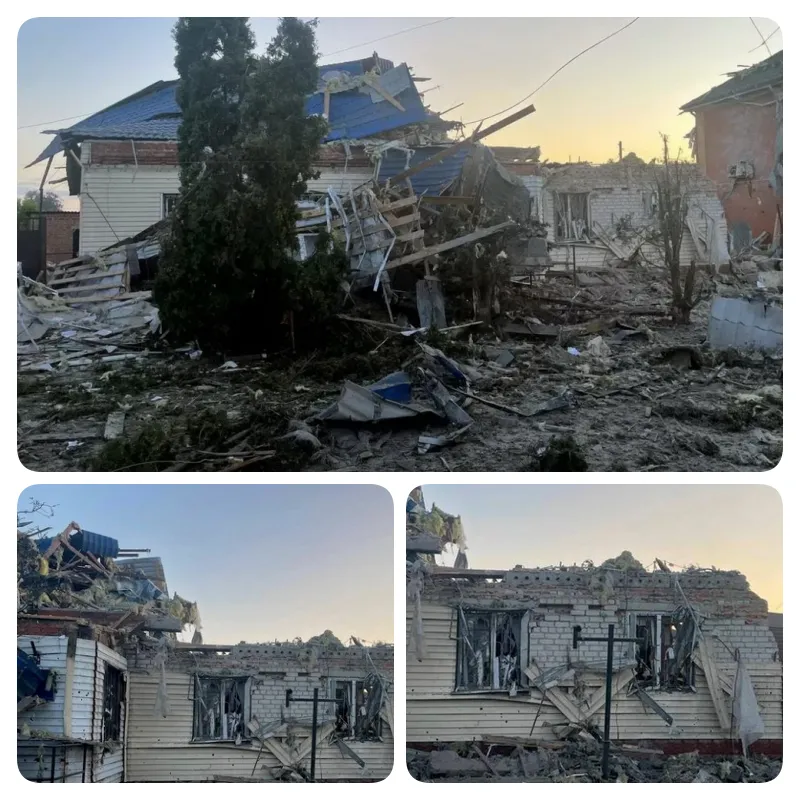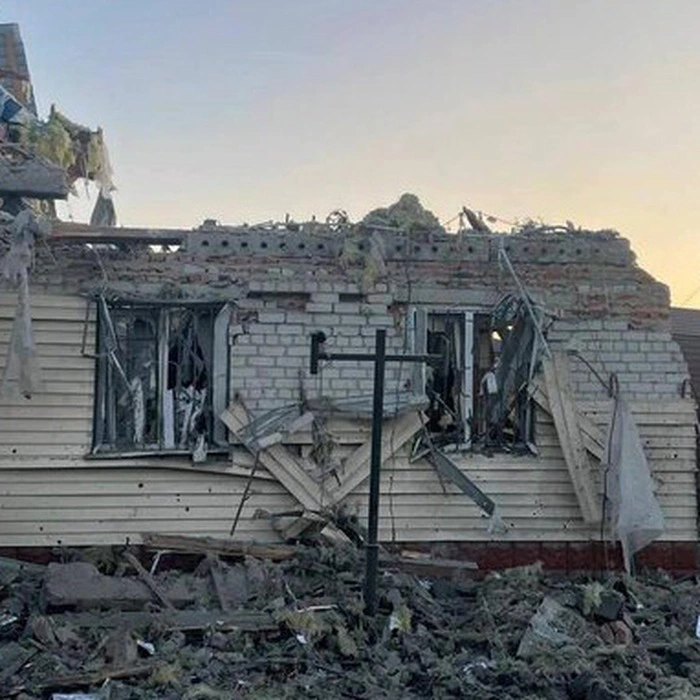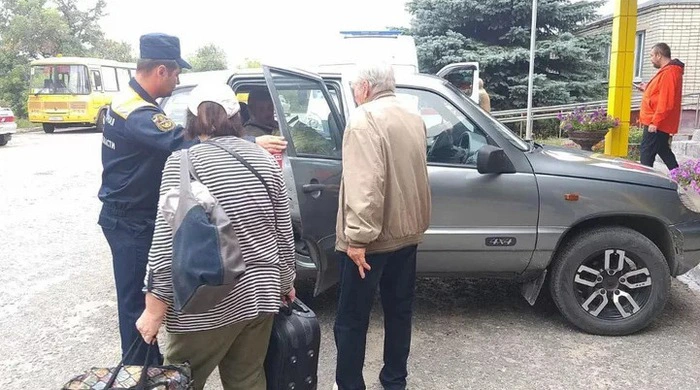
Russia Imposes Special Security Measures in Three Regions Bordering Ukraine
Russia has announced the implementation of “counter-terrorism” measures in the regions of Kursk, Bryansk, and Belgorod, which all border Ukraine.
“Kyiv has launched an unprecedented incursion aimed at destabilizing several regions of our country. The attack on Kursk by Ukrainian armed forces resulted in civilian casualties and the destruction of homes and civilian property,” stated Russia’s National Anti-Terrorism Committee.
The agency imposed a “counter-terrorism regime” in Kursk, Bryansk, and Belgorod—three regions covering a combined area of nearly 92,000 square kilometers—to ensure the safety of residents and mitigate potential threats.
This measure grants security authorities the power to lock down areas, control communications, requisition vehicles, suspend the production of hazardous goods, and limit a range of ordinary freedoms. Thousands of civilians have already been evacuated from the Kursk region. Russia declared a federal state of emergency, its highest alert level, in Kursk province on August 8 to counter Ukraine’s five-day offensive.
Russian Chief of the General Staff Valery Gerasimov reported that approximately 1,000 Ukrainian troops attacked Kursk province on the morning of August 6. Russia’s Ministry of Health confirmed that at least five civilians were killed, and dozens more were injured.
On August 7, Gerasimov stated that Russia had halted Ukraine’s advance but had yet to push the opposing forces back across the border.
“The enemy has been contained, but that doesn’t mean everything is calm. Intense fighting is still ongoing,” said Andrei Gurulyov, a lawmaker from Russia’s ruling party. Russian military bloggers indicated that the situation in Kursk “had stabilized” after Moscow sent reinforcements on August 9.

Ukraine’s actions may be an attempt to gain leverage in potential ceasefire negotiations following the U.S. presidential election in November. Russian President Vladimir Putin condemned these moves as “provocations.”
Ukrainian officials have not commented directly on the incursion. However, videos circulating in Ukrainian media show soldiers taking control of a Gazprom gas metering station in the border town of Sudzha, through which Russian natural gas flows into pipelines running through Ukraine to Europe. Some Russian sources reported that Ukraine had taken control of several areas in Sudzha.
Meanwhile, Vitaly Slashchev, the head of Sudzha town, on August 10 denied reports that Ukrainian forces had taken control of the town or the Gazprom facility.
There are also reports that Ukrainian forces are advancing toward the Kursk Nuclear Power Plant, which supplies a significant portion of electricity to southern Russia. The plant houses six reactors, with two inactive, two under construction, and two currently operational.
Acting Governor of Kursk, Alexei Smirnov, reported that drone debris had fallen near a substation in Kurchatov, the town where the Kursk Nuclear Power Plant is located. The plant was not directly attacked and continues to operate normally.
The International Atomic Energy Agency (IAEA) of the United Nations has warned of the risks posed by military activities in the area and has called for restraint.



